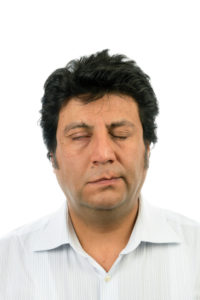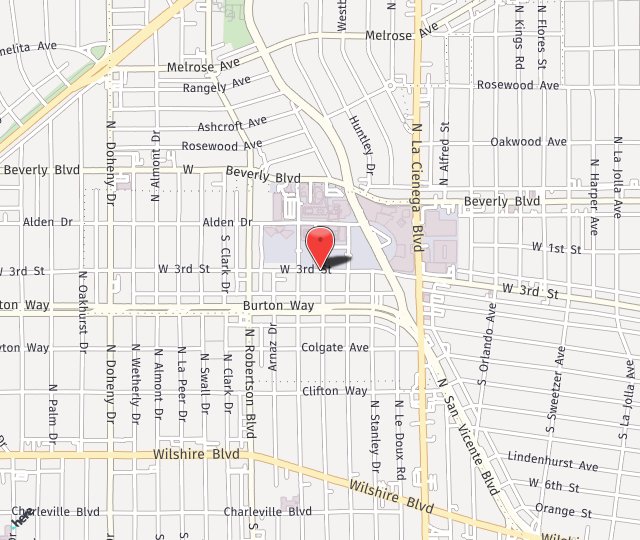Bell’s Palsy
- Posted on: Oct 15 2018

Dr. Seruya may perform nerve surgery to correct facial paralysis.
What causes Bell’s palsy?
When the facial nerve is damaged it swells. Because this nerve passes through a narrow, bony area within the skull, any swelling makes it push against the bone of the skull. This adversely affects the nerve’s function.
Research has also pointed to viral infections and a link with the development of Bell’s palsy. In particular, herpes simplex 1 virus is responsible for a large number of these cases. A tumor or radiation can also lead to nerve damage. Because the cranial nerve VII powers the small muscles of the face that allow the eyelids to blink and the mouth to smile, these are usually the areas affected by this paralysis.
What are the symptoms of Bell’s palsy?
This condition tends to come on quickly, as you may go to bed feeling fine and awaken to find you’re having trouble smiling. Some people feel pain behind their ear 1-2 days before they notice any muscle weakness. Sound can also seem louder. These are things you may notice at the onset of Bell’s palsy. Usually these will occur on just one side of the face.
- You can’t close your eyelid or blink
- Your eye waters more or less than usual
- You begin to drool
- You have difficulty chewing
- You notice a decreased sense of taste
- Your facial muscles twitch
- There is pain or numbness behind your ear
This is usually a temporary condition, with the above symptoms of facial weakness and drooling reaching their peak within a day or two. Most people start to improve in a couple of weeks, and they recover completely within three months. But others can have longer recovery periods, and some may develop permanent symptoms.
Treatment of facial paralysis
Corticosteroids may be injected with the goal of decreasing swelling of the facial nerve. Dr. Seruya will recommend an occupational therapist who will grade the facial movement of the patient and work to strengthen the muscles that control smiling.
If the nerve doesn’t seem to be healing on its own, Dr. Seruya may perform surgery on the facial nerve. This may include one or more of the following:
- Removing scar tissue from around the nerve to allow the electrical signals to travel more easily (nerve decompression)
- Cutting out scar tissue that is filling the nerve gap and bridging it with a sensory nerve (nerve graft)
- Selecting a motor nerve from a healthy but less important muscle group and transferring it to the injured facial nerve (nerve transfer)
It’s important to understand that there isn’t an unlimited timeframe for nerve healing. If the patient waits for over a year, the nerve can permanently lose its connection to the muscle.
Recovery from surgery
Recovery depends on the type of surgery Dr. Seruya performs. Each patient’s recovery is different in terms of how many months it takes for the facial muscles to activate again with the repaired nerve. In many cases, these improvements will take from 4-6 months to take hold.
Do you have symptoms of facial paralysis? Call Dr. Seruya at (310) 423-2129 to schedule a consultation.
Posted in: Facial Paralysis | Bell’s Palsy

